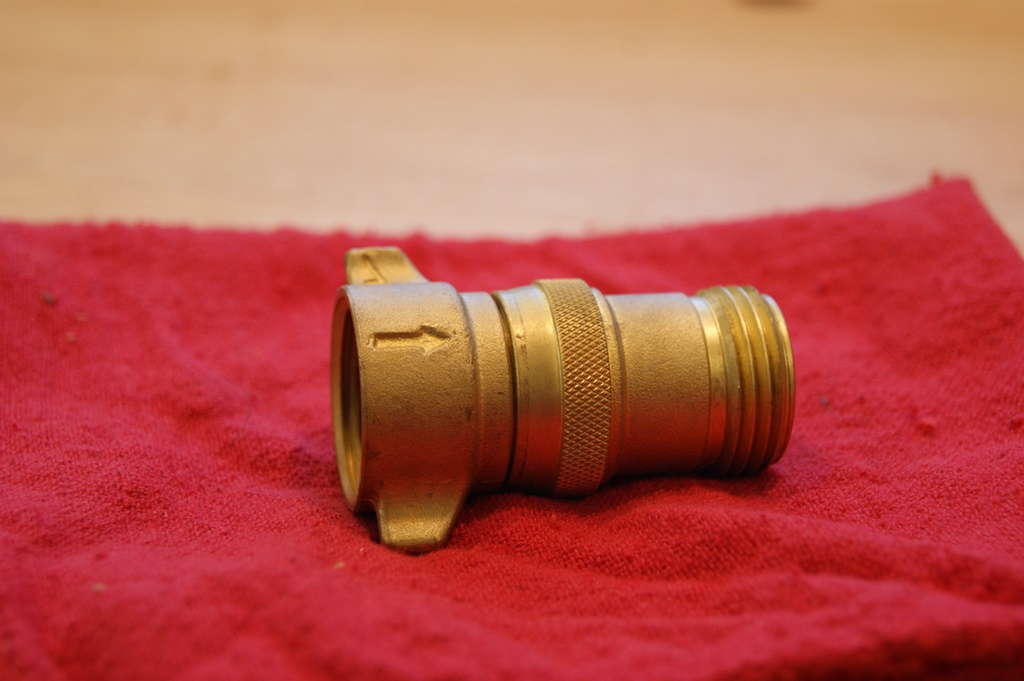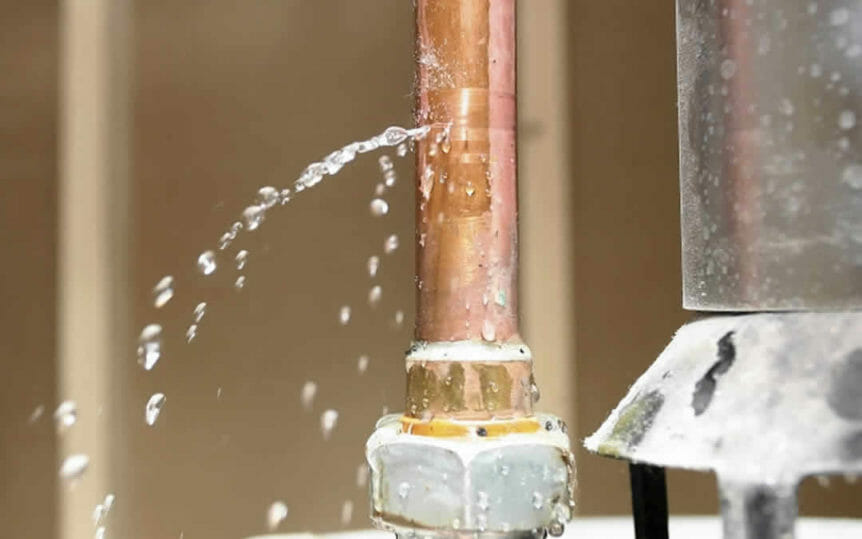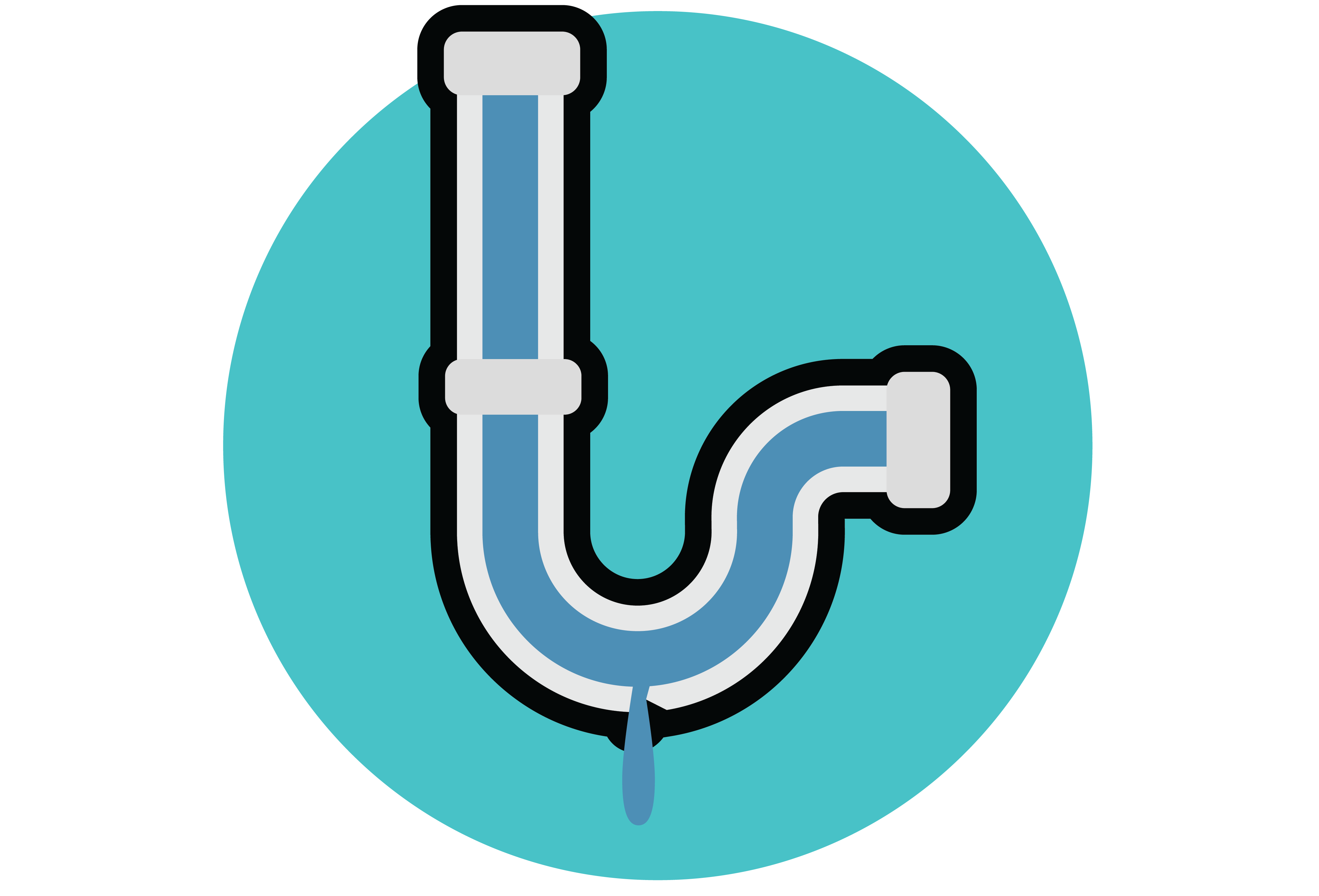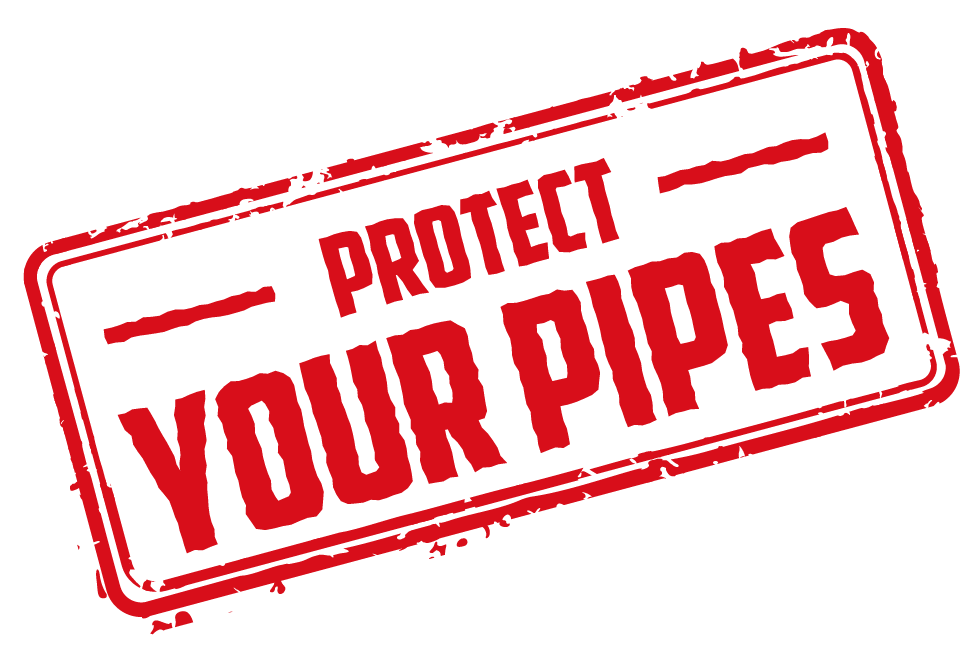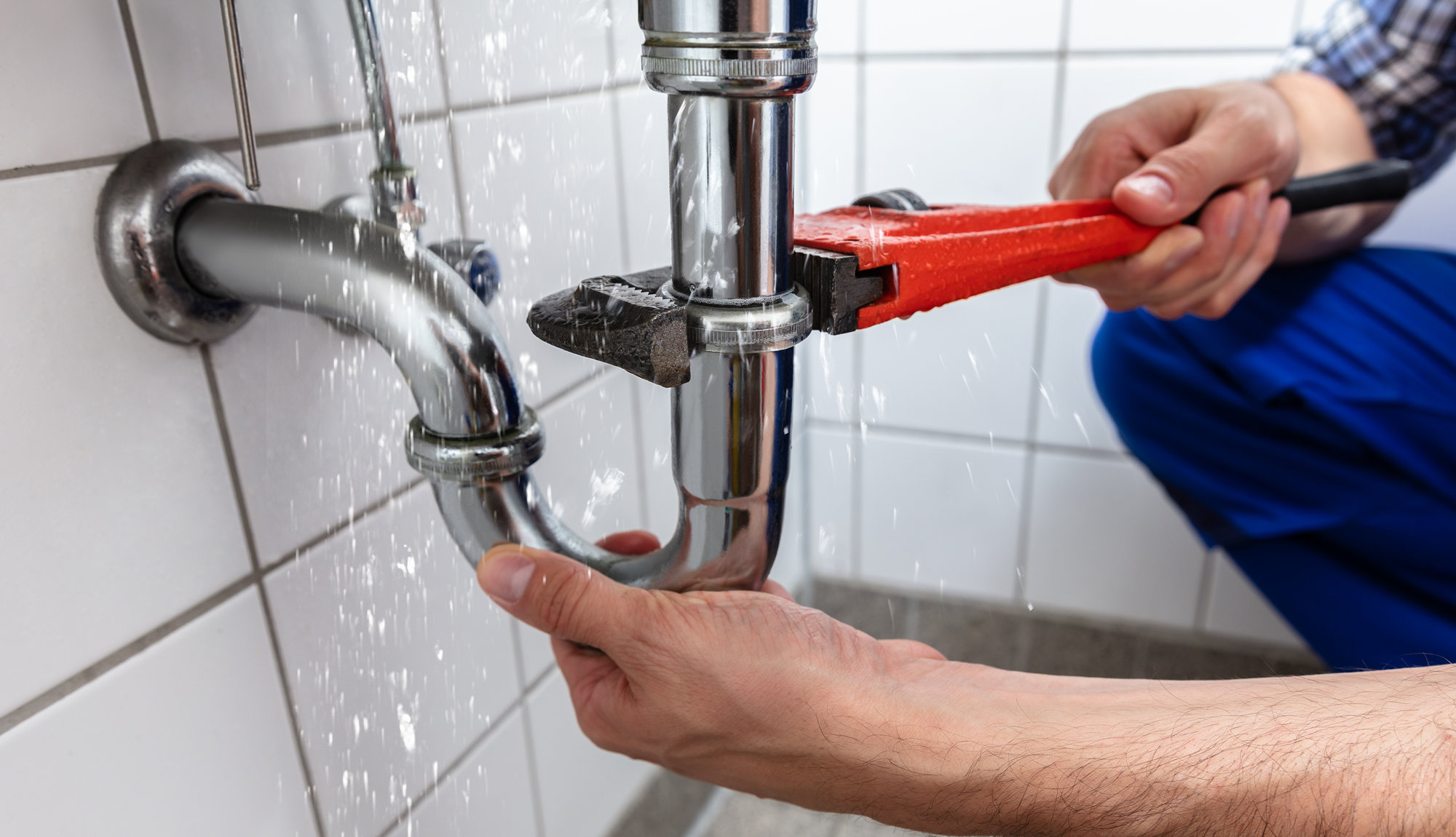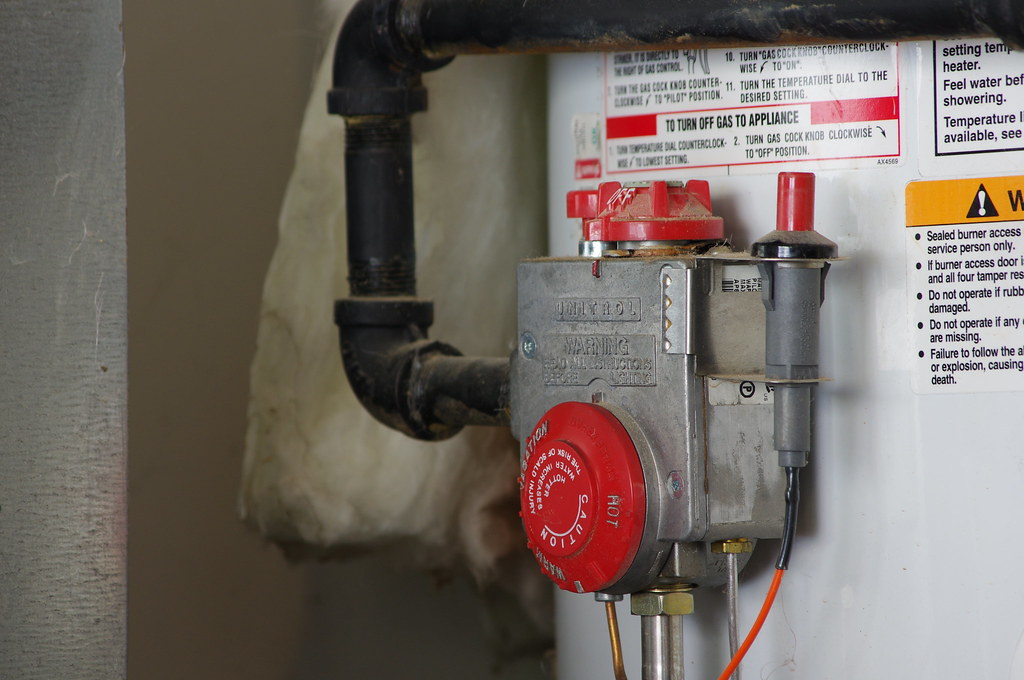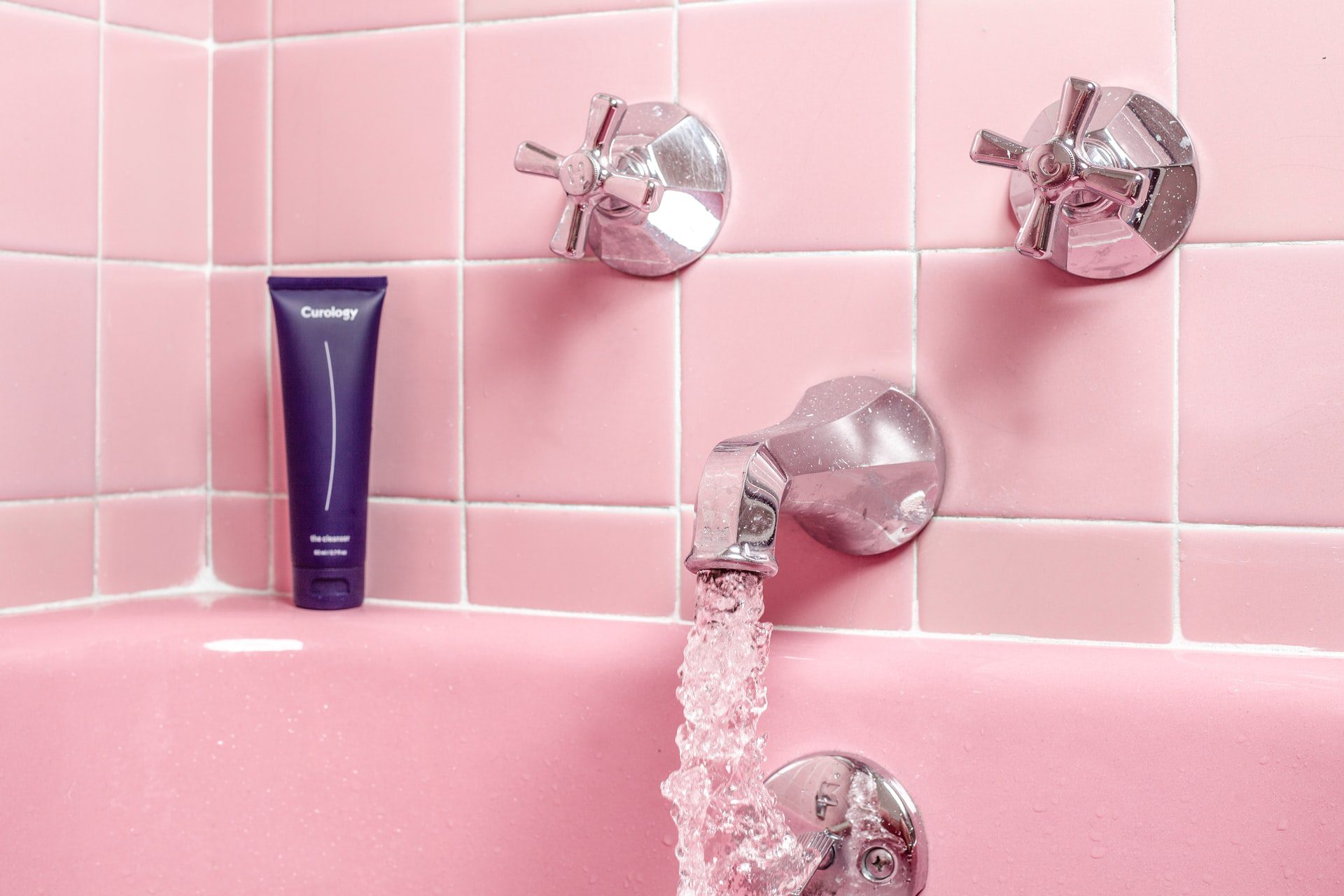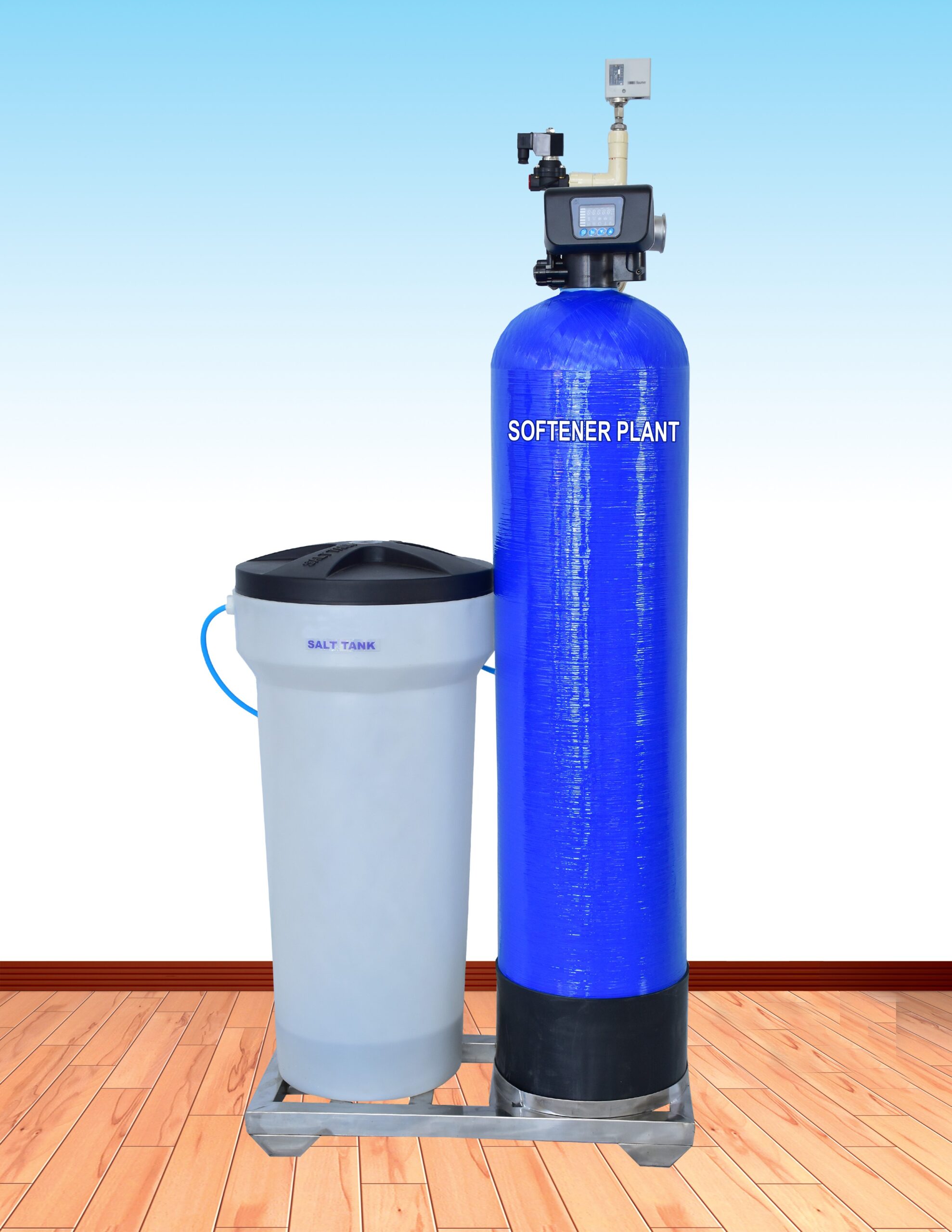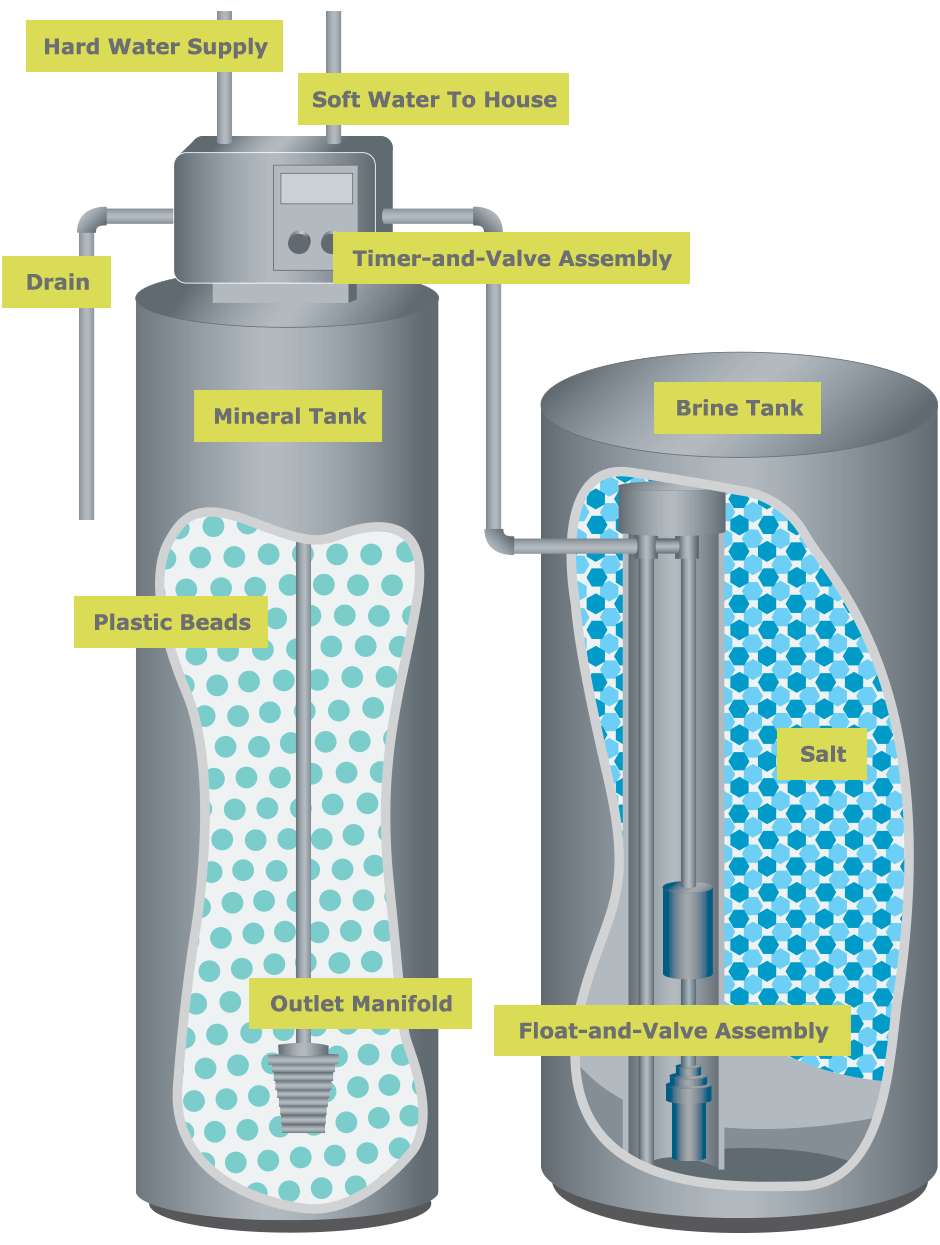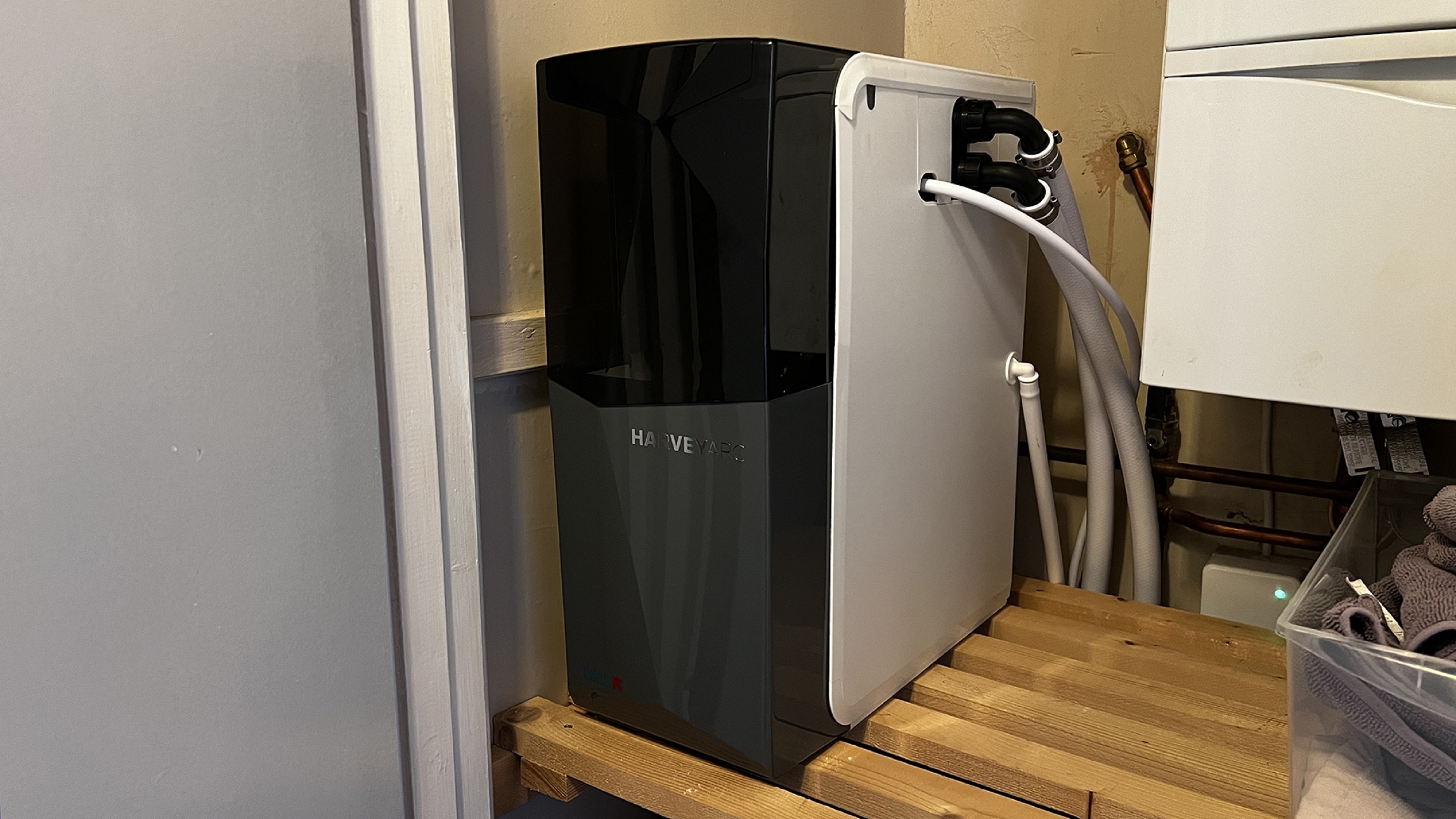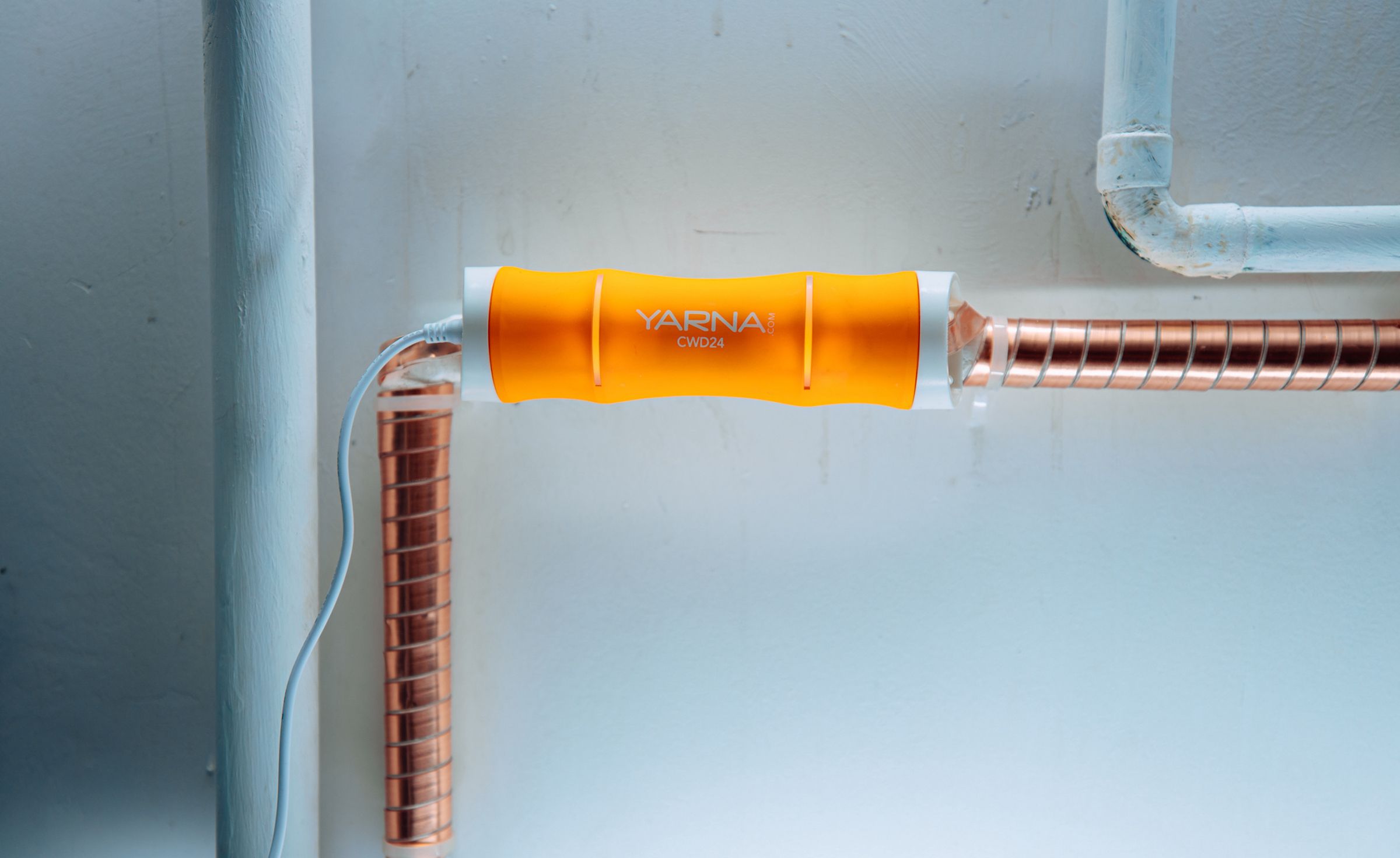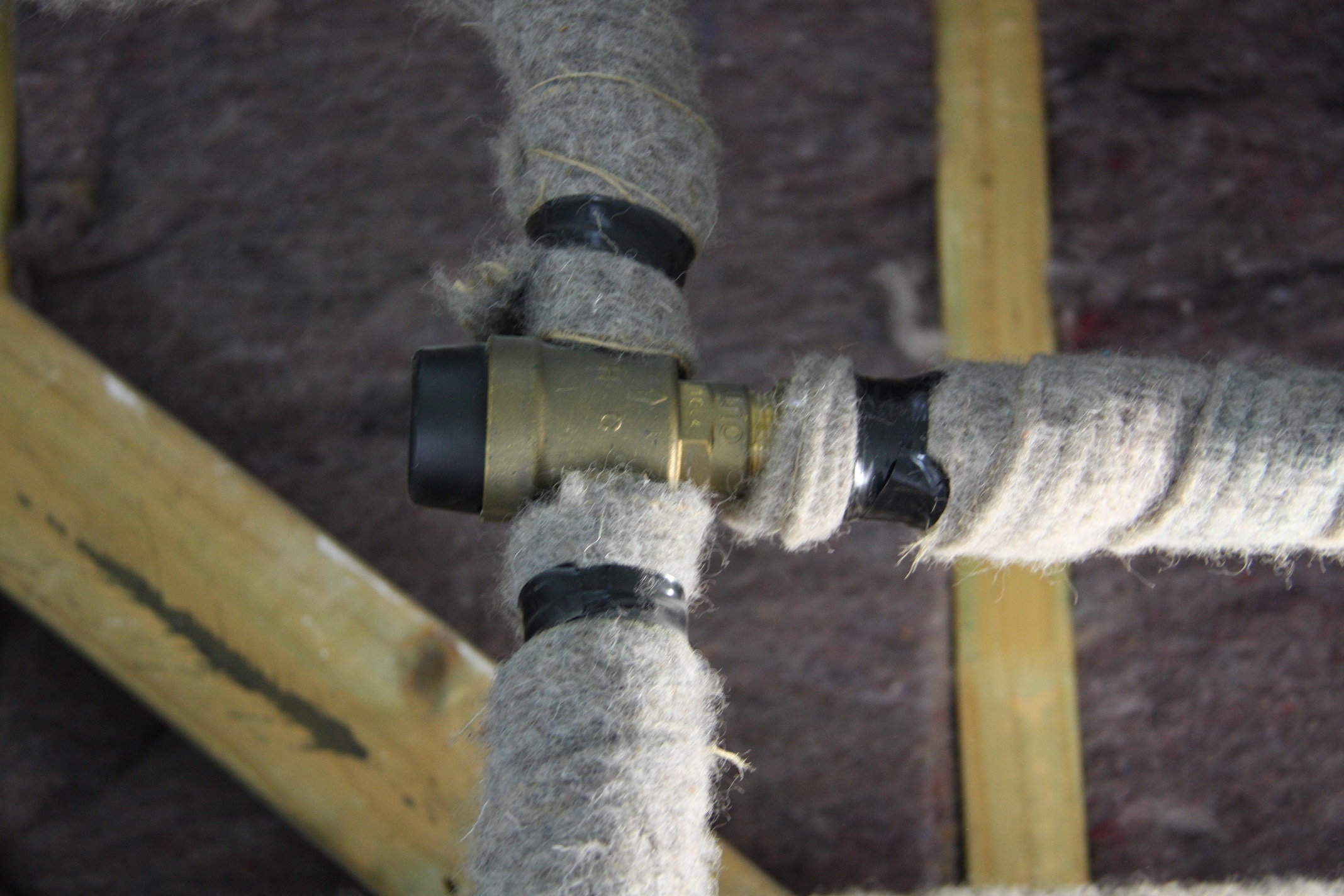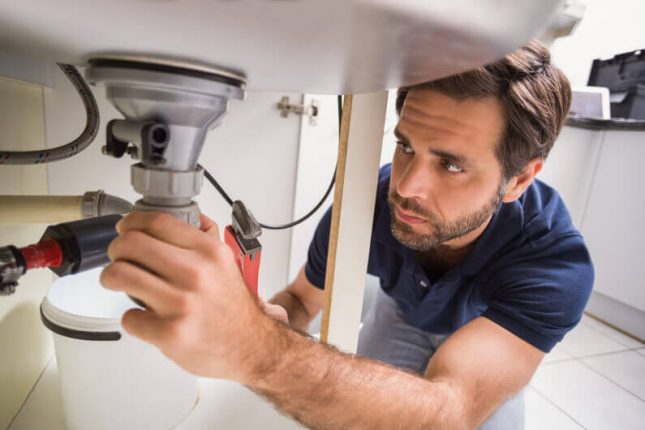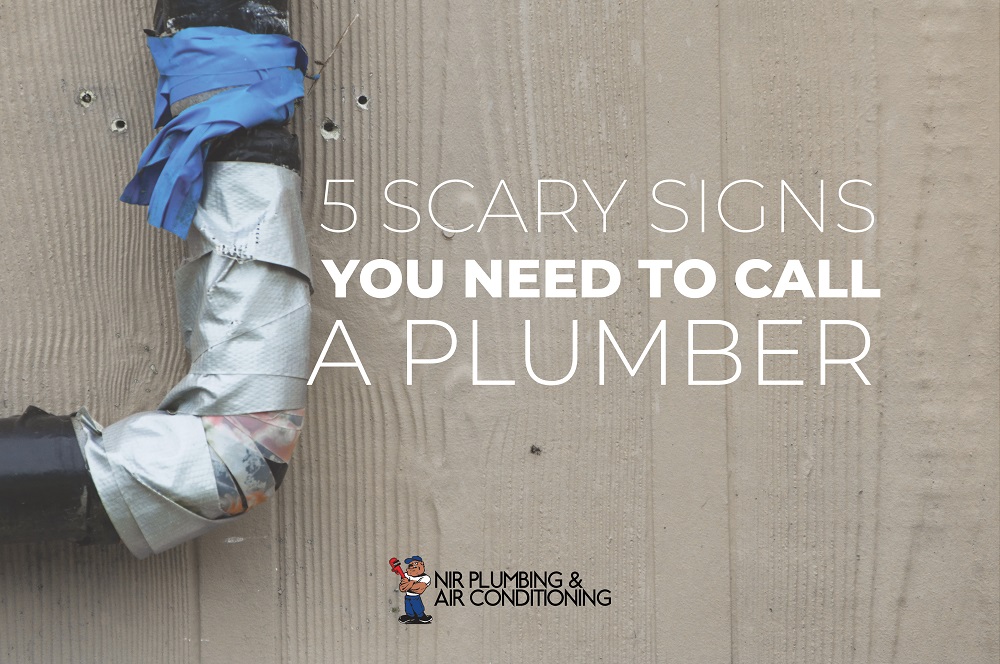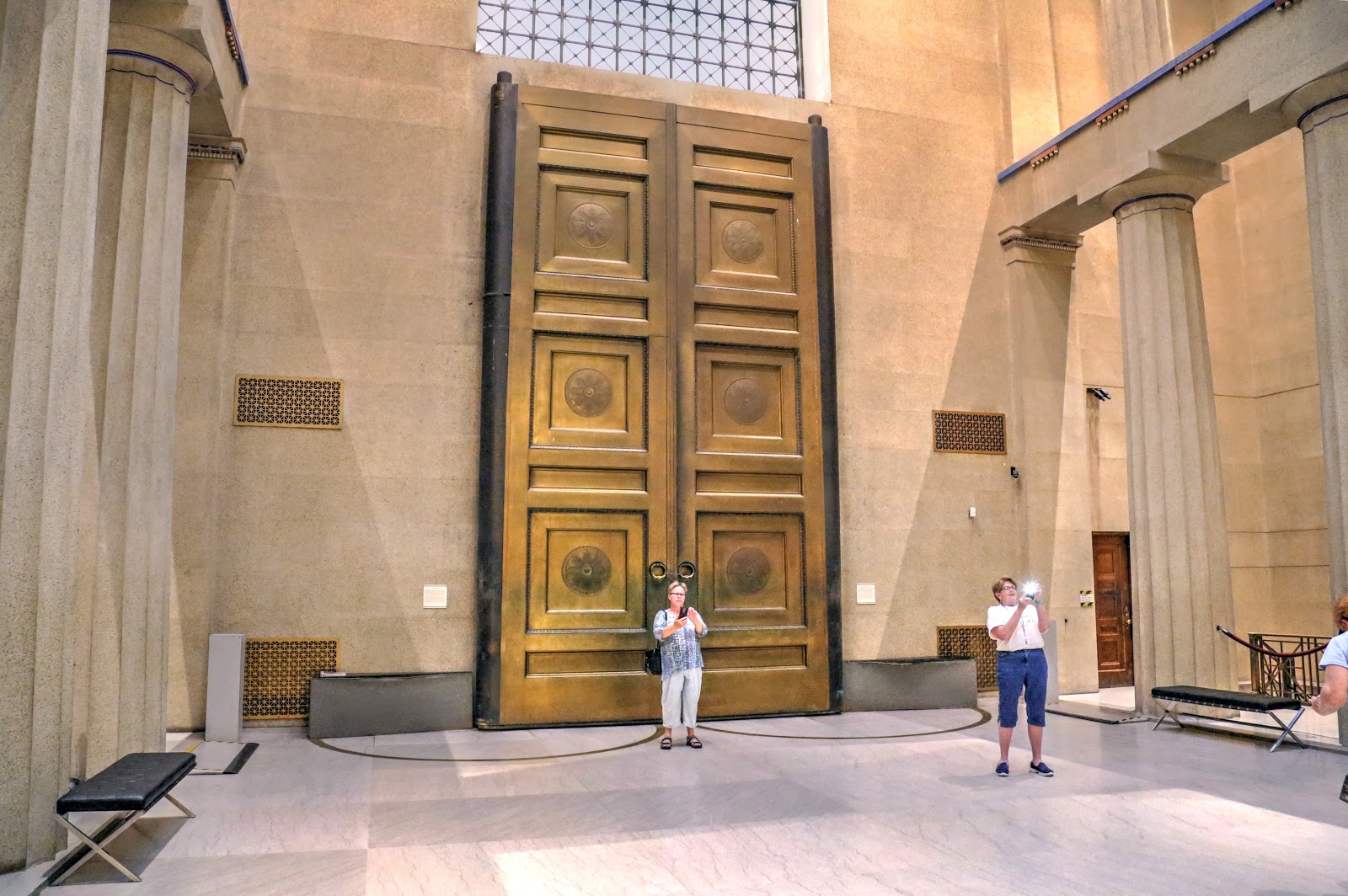If you've noticed a sudden drop in water pressure in your kitchen sink, the first thing you should check is the aerator. The aerator is a small mesh screen that is attached to the end of the faucet. Over time, it can become clogged with sediment, mineral deposits, and debris, leading to reduced water flow. To check the aerator, unscrew it from the faucet using a pair of pliers. Inspect it for any buildup and use a toothbrush or small brush to gently scrub away any debris. Rinse the aerator and screw it back onto the faucet. This simple fix can often restore water pressure to your kitchen sink.1. Check the aerator
If cleaning the aerator doesn't solve the issue, the next step is to check the water supply valves. These valves control the flow of water to your sink and can become partially closed, causing a drop in water pressure. Make sure the valves are fully open and not obstructed by any objects. If the valves are fully open and you're still experiencing low water pressure, it's possible that there may be an issue with the main water supply to your home. In this case, it's best to contact your water provider for assistance.2. Check the water supply valves
The faucet cartridge is another component that can become clogged and affect water pressure. It is located inside the faucet and can be accessed by removing the handle. Use a wrench to remove the cartridge and clean it thoroughly with a mixture of vinegar and water. Rinse it off and reassemble the faucet. This should help to improve water pressure.3. Clean the faucet cartridge
If the above solutions don't work, the next step is to check for clogs in the pipes. Over time, debris, food particles, and other materials can build up in the pipes, causing blockages that can lead to reduced water flow. You can try using a plunger or a plumbing snake to dislodge any clogs in the pipes. If this doesn't work, it's best to call a plumber for professional assistance.4. Check for clogs in the pipes
If your home has a water pressure regulator, it's possible that it may be malfunctioning and causing low water pressure. The water pressure regulator is responsible for regulating the flow of water into your home and can be found near the main water shut-off valve. If you suspect that the regulator is the problem, it's best to call a professional plumber to inspect and repair it.5. Check the water pressure regulator
Another common cause of low water pressure is leaks in the pipes. Even small leaks can lead to a significant drop in water pressure. Check all visible pipes for any signs of leaks, such as water stains or dripping. If you notice any, it's important to have them repaired as soon as possible to prevent further damage and restore water pressure.6. Check for leaks in the pipes
If your kitchen sink is the only area experiencing low water pressure, it's possible that the issue lies with your water heater. Check the temperature and pressure relief valve on the water heater for any obstructions or buildup. If it's not functioning properly, it can affect water pressure in your sink. If you're not comfortable checking the water heater yourself, it's best to call a professional for assistance.7. Check the water heater
If you have a water softener in your home, it's important to regularly maintain and clean it to prevent any issues with water pressure. Over time, the resin beads in the water softener can become clogged with mineral deposits, which can affect water flow. Follow the manufacturer's instructions for cleaning and maintaining your water softener, and consider having it professionally serviced if you notice any issues with water pressure.8. Check the water softener
In some cases, air can become trapped in the pipes, causing a decrease in water pressure. To release the air, turn on all the faucets in your home and let them run for a few minutes. This should help to flush out any air and improve water pressure in your kitchen sink.9. Check for air in the pipes
If you've exhausted all the above solutions and are still experiencing low water pressure in your kitchen sink, it's time to call a plumber. A professional plumber will be able to accurately diagnose the issue and provide a long-term solution to restore water pressure in your sink. In conclusion, a drop in water pressure in your kitchen sink can be a frustrating and inconvenient problem. However, by following these tips and seeking professional help when needed, you can get your water pressure back to normal and enjoy a fully functioning kitchen sink once again.10. Call a plumber
Common Causes for a Drop in Water Pressure in the Kitchen Sink
:max_bytes(150000):strip_icc()/water-overflowing-in-kitchen-sink-200553937-001-5797e6335f9b58461f5a6736.jpg)
Mineral Buildup in Pipes
 One of the most common causes for a drop in water pressure in the kitchen sink is mineral buildup in the pipes. Over time, minerals such as calcium and magnesium can build up inside the pipes, causing blockages and restricting the flow of water. This can lead to a decrease in water pressure, making it difficult to perform everyday tasks such as washing dishes or filling up pots with water.
One of the most common causes for a drop in water pressure in the kitchen sink is mineral buildup in the pipes. Over time, minerals such as calcium and magnesium can build up inside the pipes, causing blockages and restricting the flow of water. This can lead to a decrease in water pressure, making it difficult to perform everyday tasks such as washing dishes or filling up pots with water.
Leaking Pipes
 Another common reason for a drop in water pressure in the kitchen sink is leaking pipes. Leaks can occur in various areas of the plumbing system, including the pipes leading to the kitchen sink. A leak can result in a decrease in water pressure as the water supply is being diverted to the leak instead of flowing freely to the sink. If you suspect a leak, it is important to have it fixed as soon as possible to prevent further damage and restore proper water pressure to your kitchen sink.
Another common reason for a drop in water pressure in the kitchen sink is leaking pipes. Leaks can occur in various areas of the plumbing system, including the pipes leading to the kitchen sink. A leak can result in a decrease in water pressure as the water supply is being diverted to the leak instead of flowing freely to the sink. If you suspect a leak, it is important to have it fixed as soon as possible to prevent further damage and restore proper water pressure to your kitchen sink.
Old or Faulty Fixtures
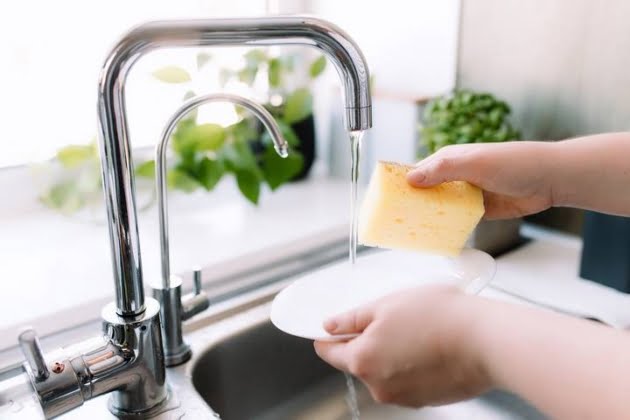 Old or faulty fixtures, such as faucets and aerators, can also contribute to a drop in water pressure in the kitchen sink. Over time, these fixtures can become worn out or clogged with debris, which can restrict the flow of water. If you have noticed a decrease in water pressure, it may be time to replace your old fixtures with new ones to improve the flow of water and restore proper water pressure in your kitchen sink.
Old or faulty fixtures, such as faucets and aerators, can also contribute to a drop in water pressure in the kitchen sink. Over time, these fixtures can become worn out or clogged with debris, which can restrict the flow of water. If you have noticed a decrease in water pressure, it may be time to replace your old fixtures with new ones to improve the flow of water and restore proper water pressure in your kitchen sink.
Water Supply Issues
 In some cases, a drop in water pressure in the kitchen sink may be due to issues with the water supply. This could be caused by maintenance work being done on the water system or a problem with the municipal water supply. If you suspect that the water supply is the issue, it is best to contact your local water provider to inquire about any ongoing maintenance or issues that may be affecting your water pressure.
In some cases, a drop in water pressure in the kitchen sink may be due to issues with the water supply. This could be caused by maintenance work being done on the water system or a problem with the municipal water supply. If you suspect that the water supply is the issue, it is best to contact your local water provider to inquire about any ongoing maintenance or issues that may be affecting your water pressure.
In Conclusion
 A drop in water pressure in the kitchen sink can be frustrating and inconvenient. By understanding the common causes for this issue, you can take the necessary steps to address and fix the problem. Regular maintenance and prompt repairs can help prevent a decrease in water pressure and ensure your kitchen sink is functioning properly.
A drop in water pressure in the kitchen sink can be frustrating and inconvenient. By understanding the common causes for this issue, you can take the necessary steps to address and fix the problem. Regular maintenance and prompt repairs can help prevent a decrease in water pressure and ensure your kitchen sink is functioning properly.




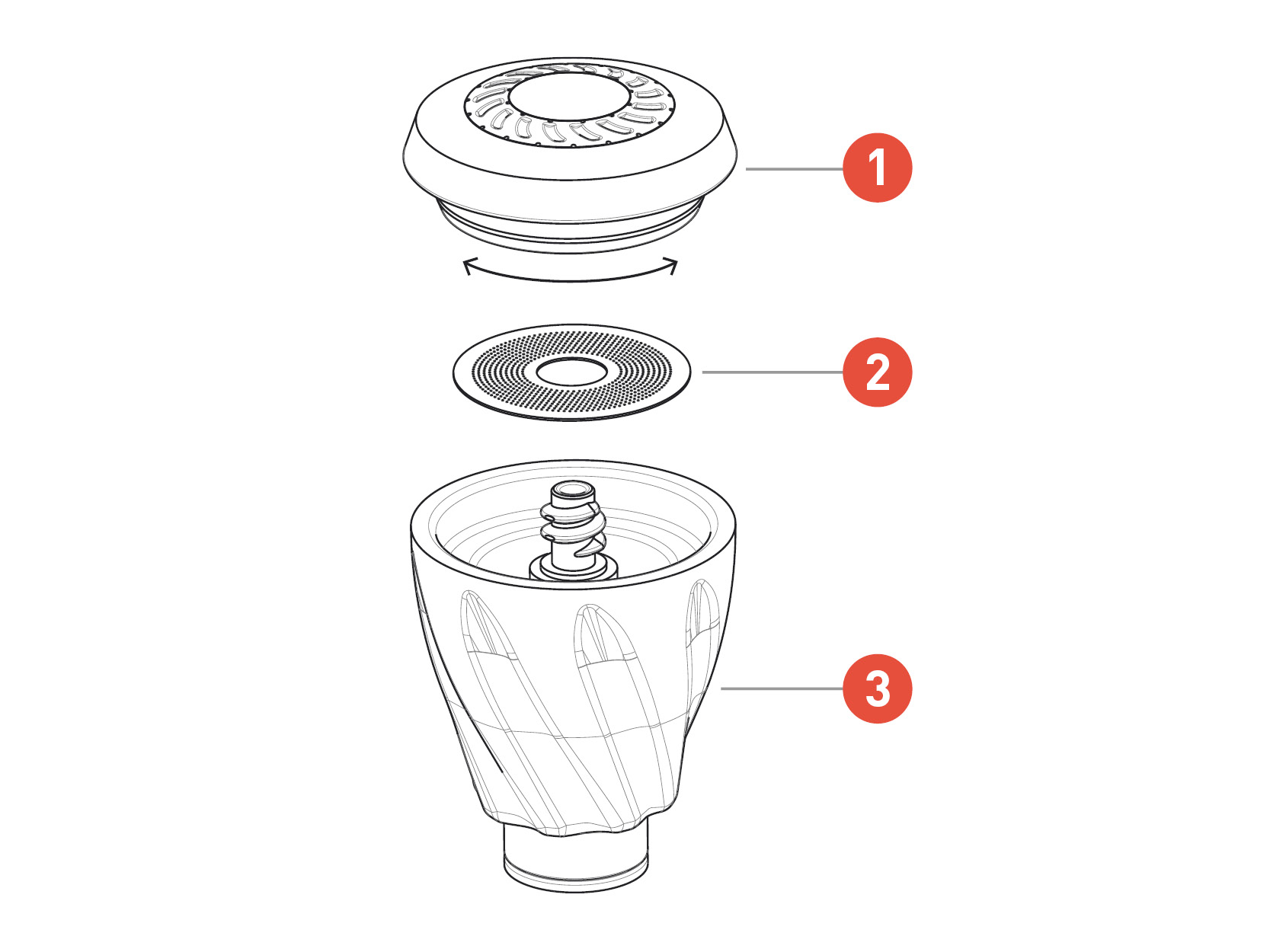

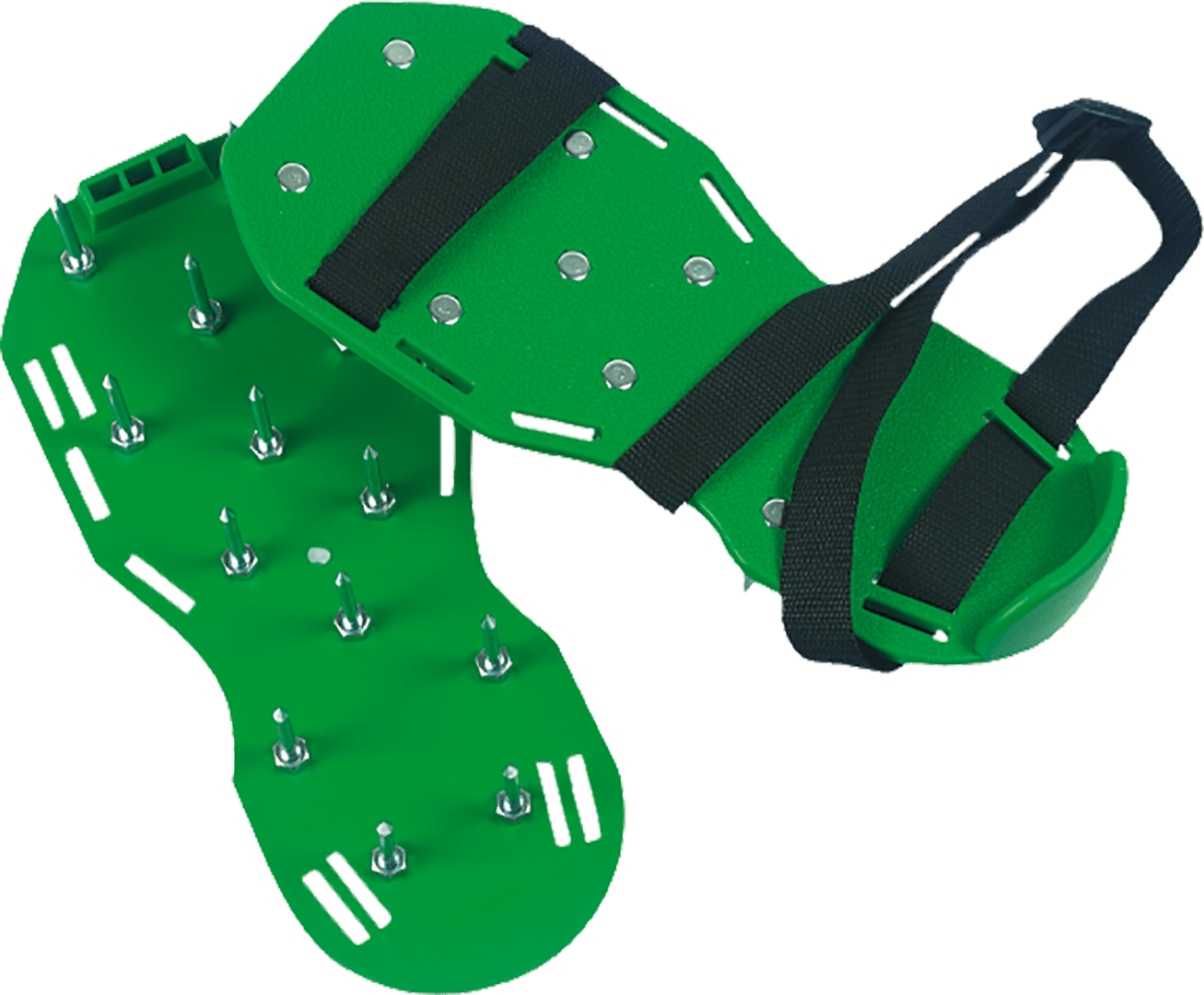






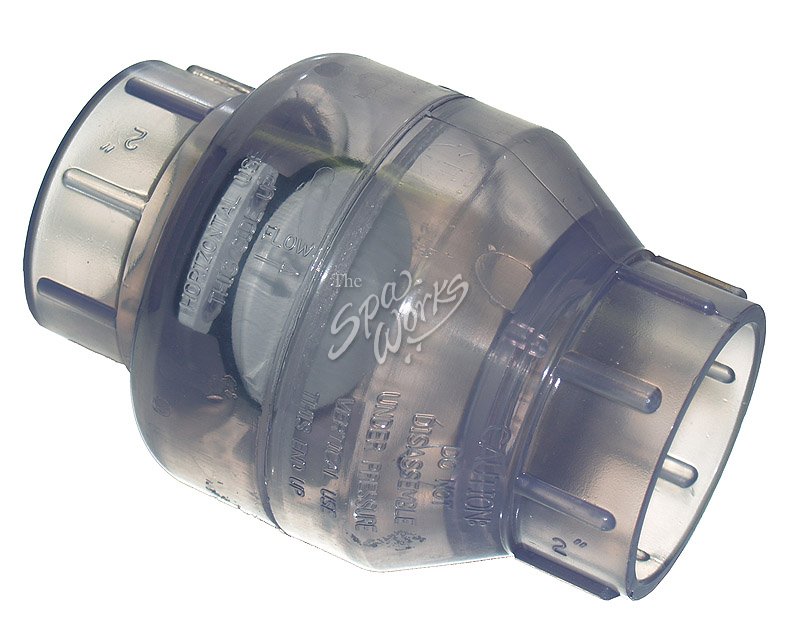
:max_bytes(150000):strip_icc()/GettyImages-106572292-3658474337224eda8721faead4f91390.jpg)


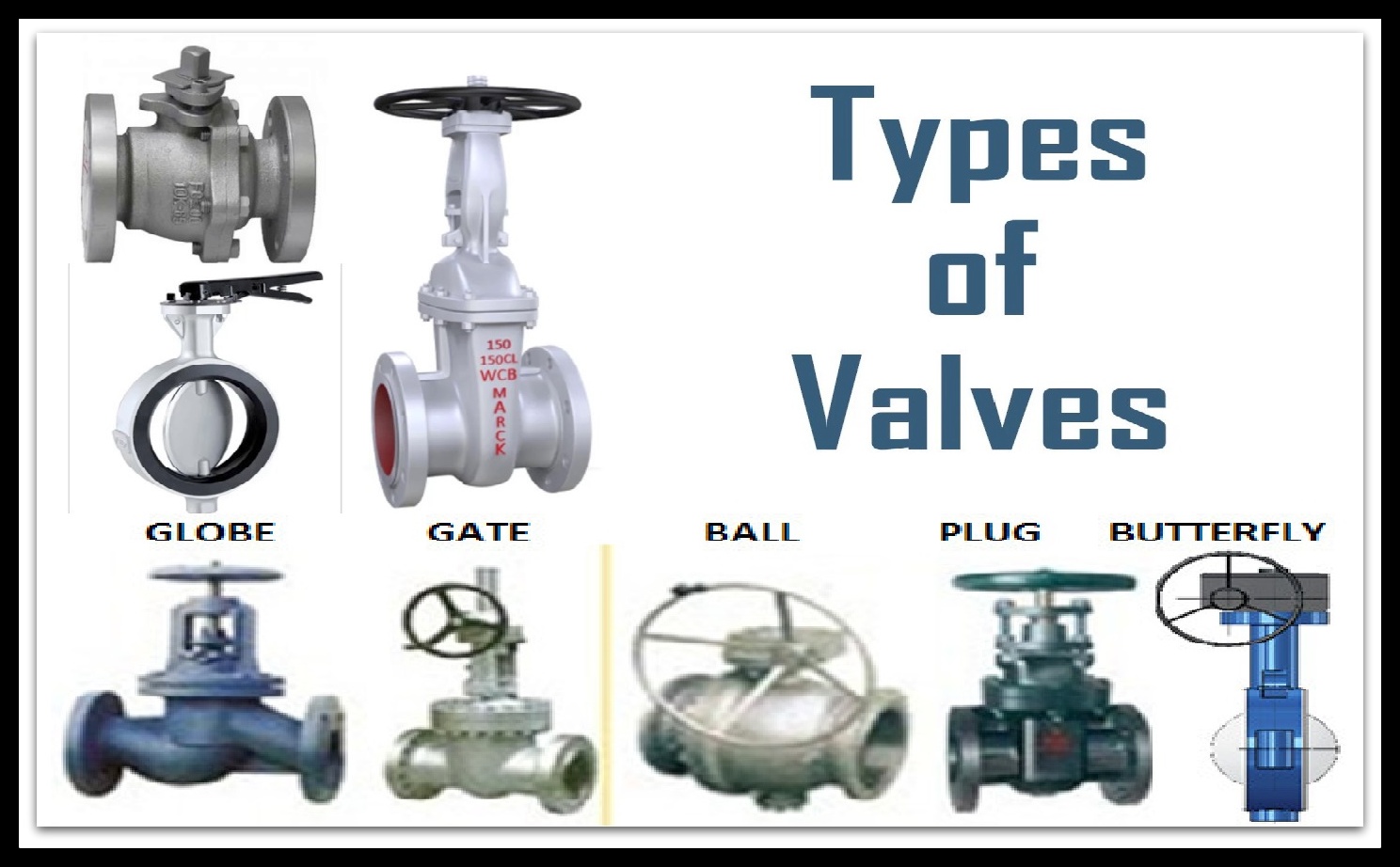

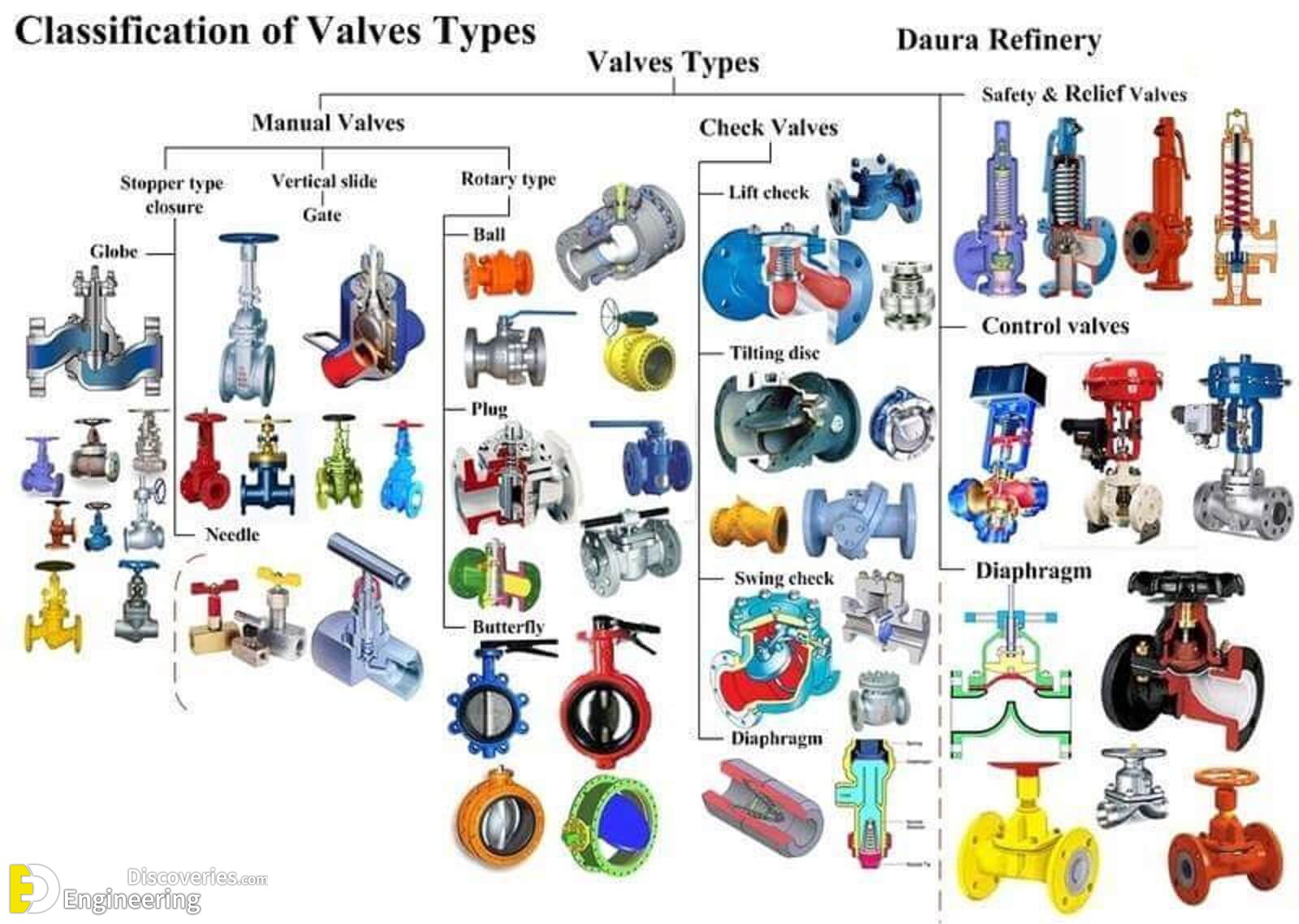
:max_bytes(150000):strip_icc()/GettyImages-1057621140-78ab2e946841421d9a7efeebe02935d2.jpg)

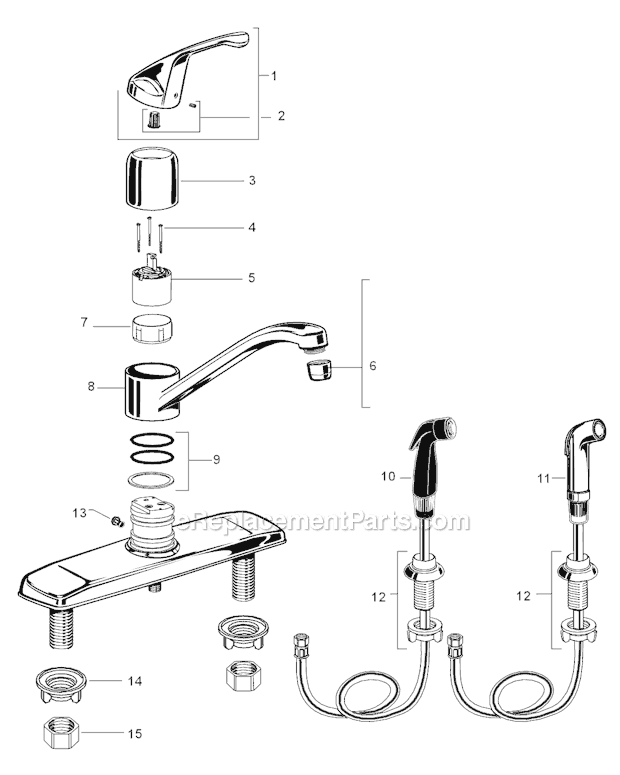





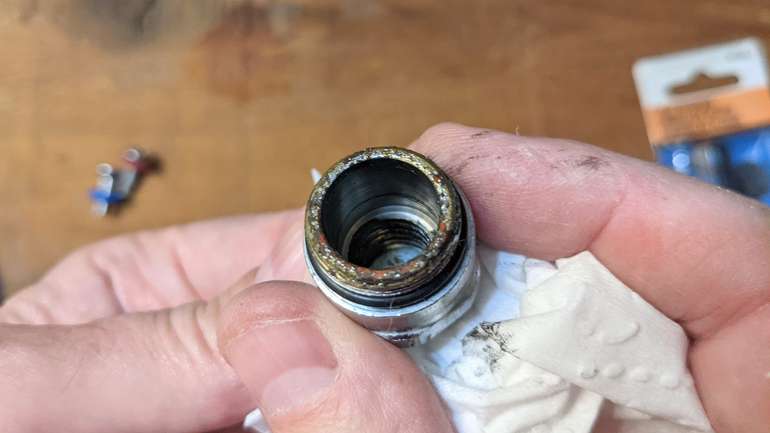










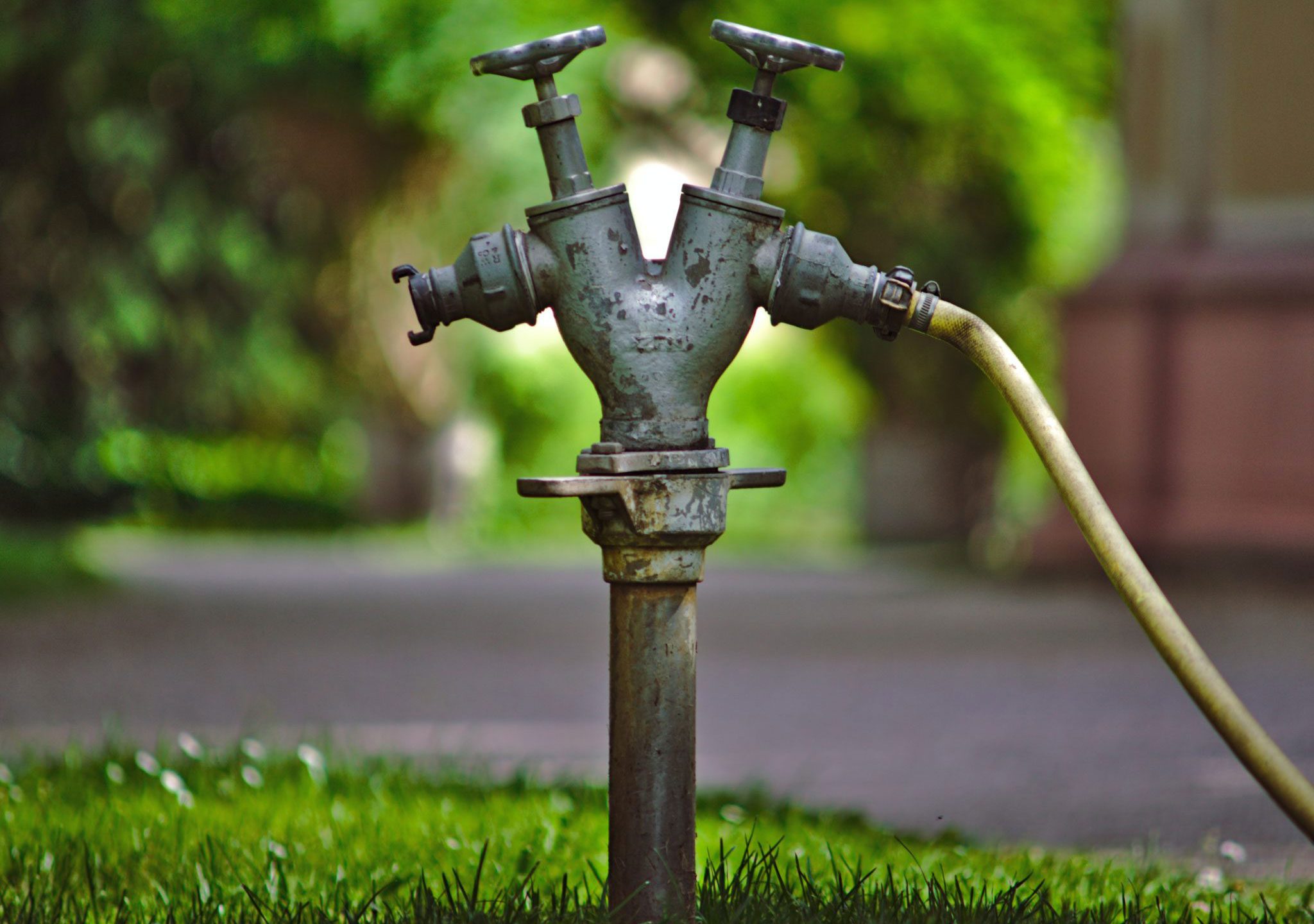
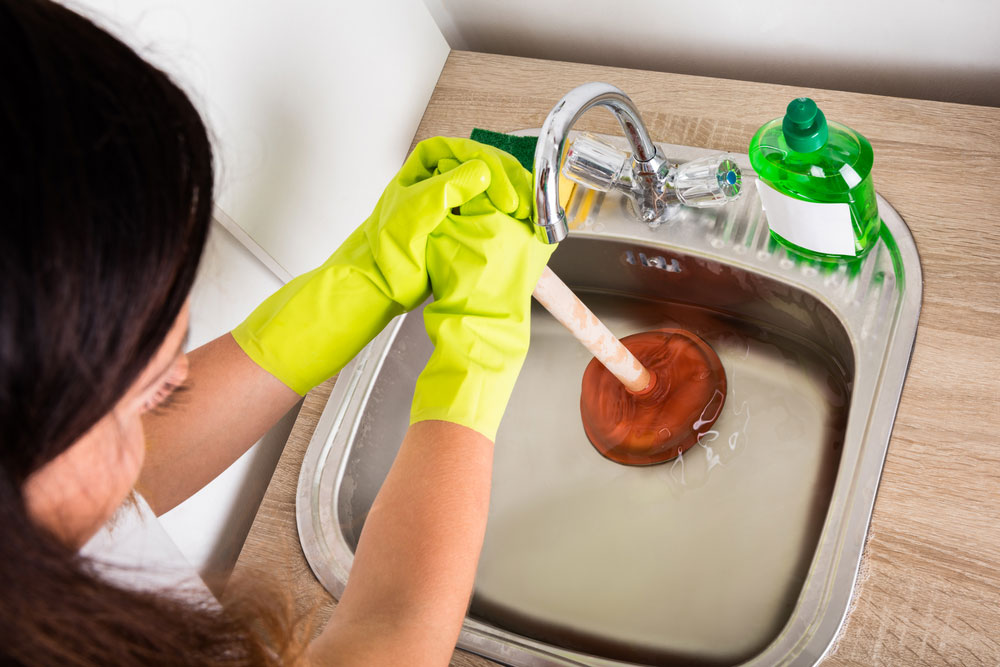


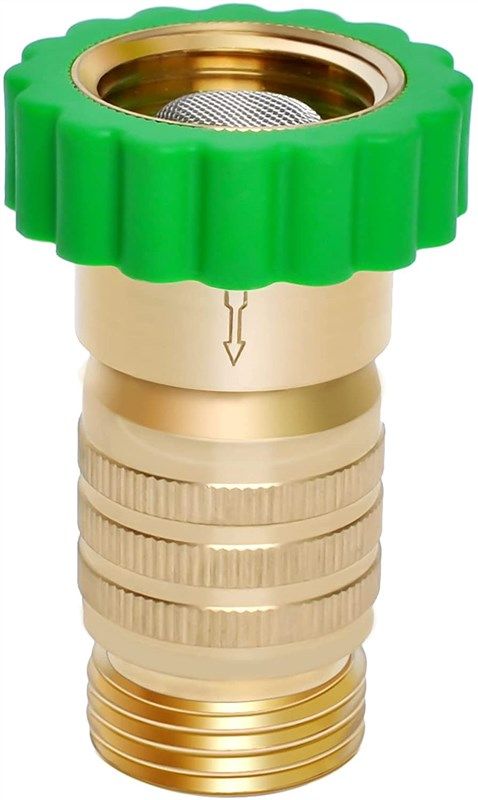



:max_bytes(150000):strip_icc()/the-men-s-hand-opens-the-ball-valve-on-the-collector-1006810456-5c5fc73fc9e77c000159c4af.jpg)
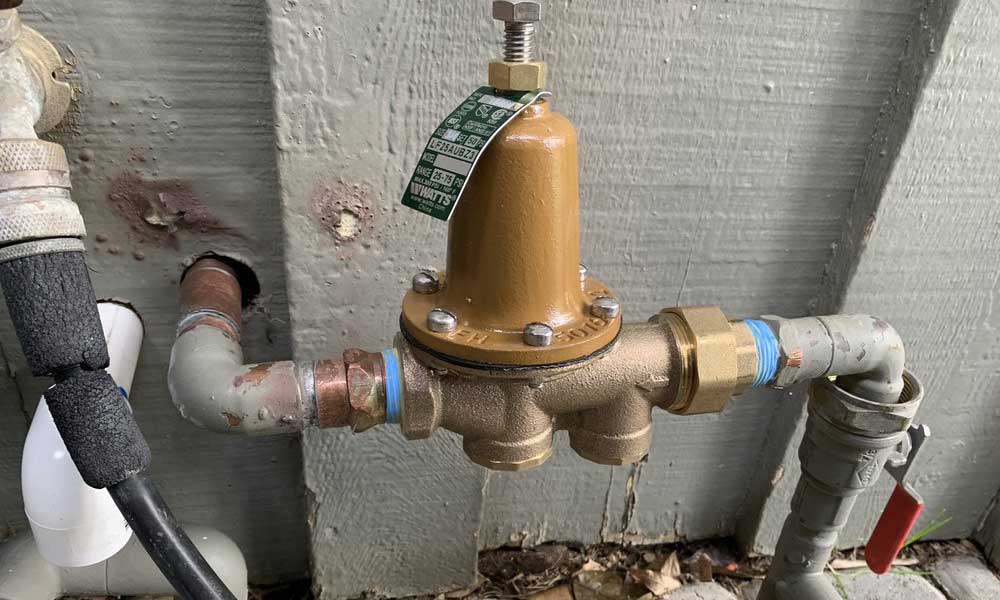
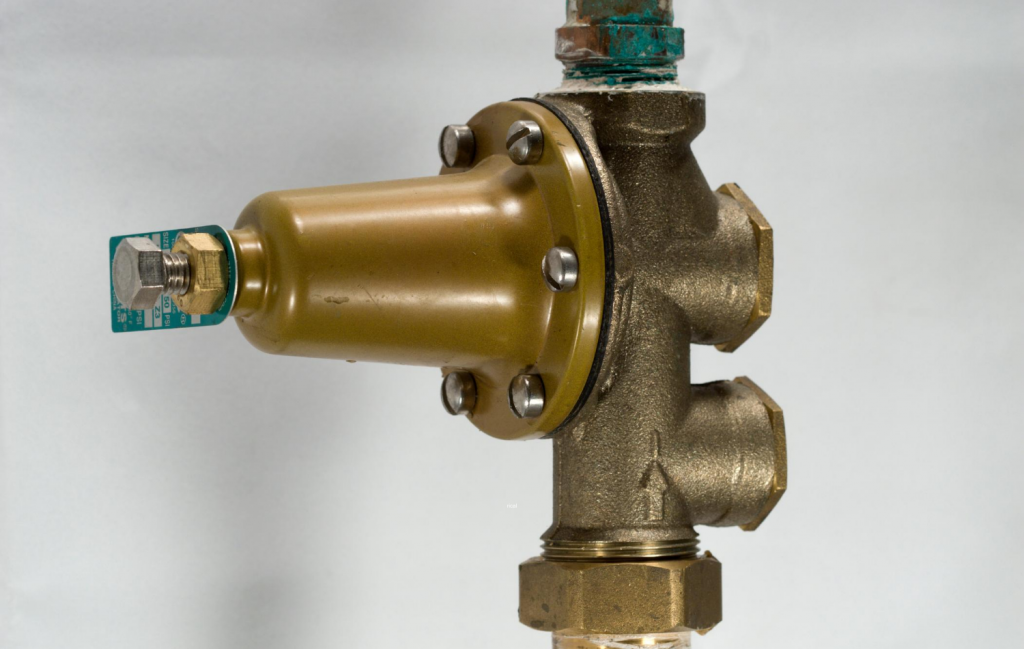

:max_bytes(150000):strip_icc()/testing-water-pressure-in-your-home-2718692-hero-98f45508ca5d44b6b551034ac5cedab5.jpg)
